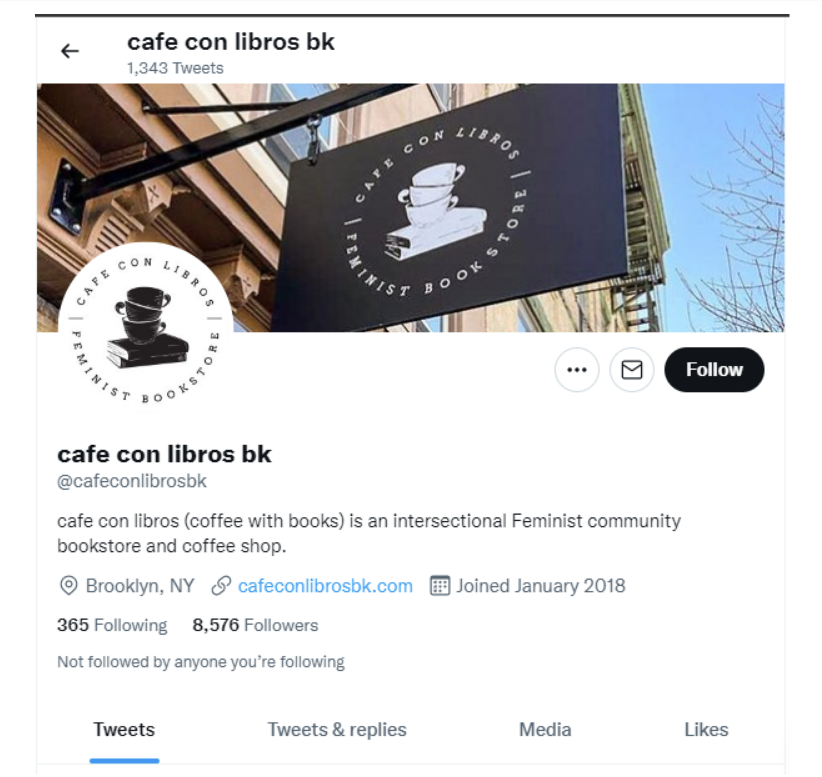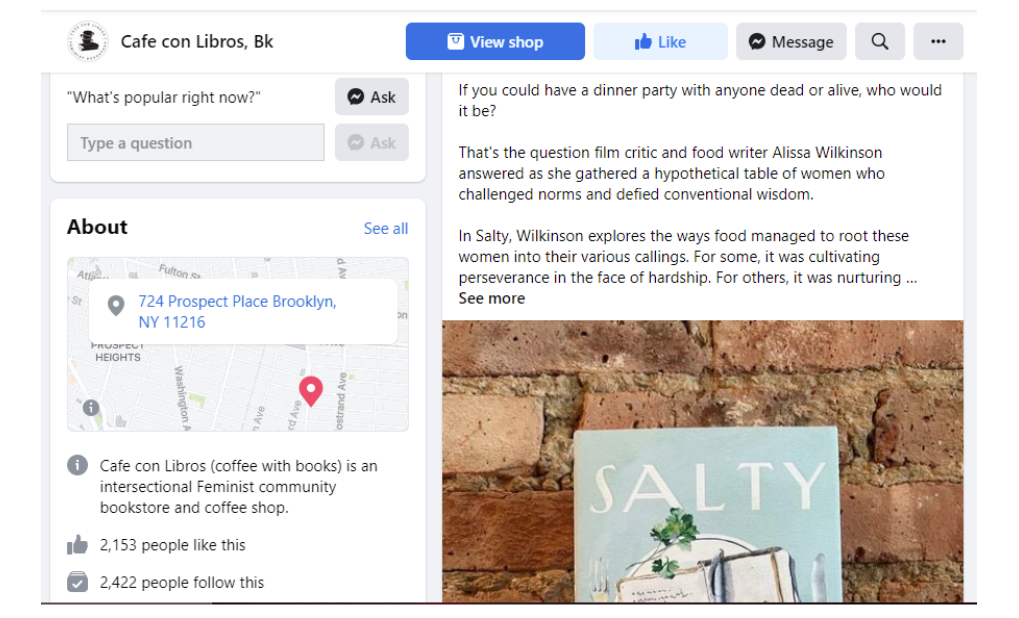Consistent branding is crucial for the success of any business. Good branding makes it easier for customers to recognize your business. Not only that, but it also ensures a consistent brand experience which boosts customer trust and loyalty. Social media branding has also become essential as brands continue to embrace digital marketing channels.
The latest statistics show there are 4.59 billion social media users and growing. This suggests that business owners should leverage social media to promote their brands. Moreover, they need to take social media branding more seriously. But what exactly does that involve?
In this article, we’ll take you through several pillars that make a successful social media branding campaign. You have to include these tips in your digital marketing strategy:
1. Create brand guidelines
Before starting any form of social engagement or social media branding, the first step is to lay down some ground rules by creating brand guidelines. Brand guidelines are a blueprint containing the branding style of your business. The blueprint covers your brand logo, color pallets, fonts, and brand voice & tone. It lays down the rules of how each branding asset will be used.
Branding guidelines will help you maintain consistent branding across all your marketing channels, not just social media. Leads finding you on social networks will easily recognize your brand based on your posts’ logo, color pallets, and voice. And the feeling should remain consistent when they visit your official brand website.
Take Cafe con Libras coffee shop as an example. This is their Twitter profile.
Here is their Facebook profile.
And finally, this is their official website.
Notice how consistent their branding is across all channels?
Therefore, for successful social media branding, you’ll need to create your specific brand guidelines. Here are some tips on how to create brand guidelines:
- Create the brand story
- Set guidelines on the use of the brand logo, colors, brand fonts, and data visualization
- Outline the brand voice
- Include mission and brand values
It’s not just about creating the guidelines, though. You need to use them consistently across all your marketing or communication channels. That also means communicating the guidelines to all stakeholders. YouTube, for example, publishes its brand guidelines to help its partners use the correct branding style.
2. Identify the audience of each platform
There are dozens of social media platforms out there. And while all of these platforms aim to encourage social interactions, they typically tend to attract different kinds of people. That’s why you need to know the audience found on each platform to know where to channel your branding efforts. You wouldn’t want to spend hundreds of resources on Snapchat when your audience is on LinkedIn, would you?
To identify the right social media platforms, you’ll first need to define your social media personas. This helps you visualize your target audience, making it easier to craft a social media branding strategy that’ll work for brand development.
To get the right buyer personas, carefully gather data such as age, location, pain points, goals, etc., of your target audience. You can get this data through market research or your existing customer database. Social media management tools and social analytics may also be helpful if you already have active social media channels.
Consider this persona as an example.
From the profile, we can tell the social platform Sarah prefers (Facebook). Based on that, we’ll know where to focus our social media attention on. We can even use other data points to inform our overall social media strategy. For example, we may look at the brand affinities when exploring a brand collaboration for a PR campaign.
Your brand needs a similar persona. Collect the data to create an accurate profile, then use the profile to guide your social media branding strategy.
3. Establish a brand voice
Extending your brand voice from your website to your social profiles is critical for maintaining brand consistency. It is crucial in promoting brand recall and may also boost customer trust since they’ll always know what to expect from your communication channels.
Consider the following tips to develop a brand voice guide for effective social media branding:
- Listen to how your target audience communicates
- Audit your past social media posts to see which voice/tone on posts does best
- Consider your brand mission and values when creating your brand voice
Think about the motorcycle brand Harley Davidson for a second. The brand knows its target audience really well, and it adopted a brand voice its customers would relate to. They have a casual, bold, and aggressive brand voice with a slight touch of masculinity. It perfectly aligns with their products, brand values, and target customers. And they stick to it across all their social media platforms.
4. Improve engagement
A mere social media presence is not enough for a competitive social media branding strategy. Audience engagement should also be a priority.
Social engagement is a measurable interaction that includes metrics such as the number of likes, shares, comments, and reactions. The frequency of engagement also depends on variables such as the platform used, the type of industry, and the number of followers.
Instagram dominates the social streams when it comes to the rate of engagement. It carries 0.067 percent engagement, while Facebook carries 0.064 percent.
Nevertheless, you can boost your social engagement in various ways:
- Post valuable content that’s relevant and impactful to your target audience
- Find the best times to send out social posts
- Use hashtags as a way to reach a wider audience
- Always look out for new features. For instance, Instagram always wants users to use new features, so Instagram’s algorithm will likely pick up on content incorporating the new features.
- Try different content types, e.g., videos, images, and carousels
- Track social media metrics to see what works
Replying to your audience’s comments also goes a long way to boost engagements. You can also encourage your users to interact with your content by posing questions, building social media polls, creating contests, etc. And don’t forget to stick to your branding guidelines during these engagements.
In closing
No matter the business, social media branding is critical for your success. Building your social media brand will take time, but the results will be well worth it.
From this article, you’ve learned four ways to promote your social media branding. First, you must create brand guidelines, identify the audience for different social media platforms, and establish your brand voice. Finally, boost engagement.
That’s how to build a successful social media branding strategy that’ll support your marketing and PR efforts. Good luck.












